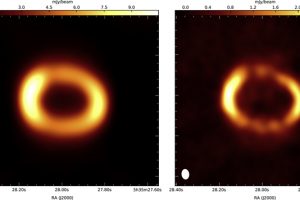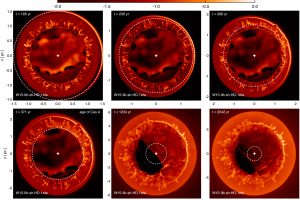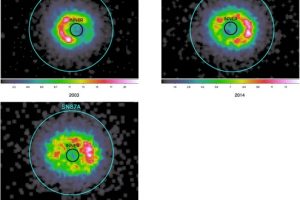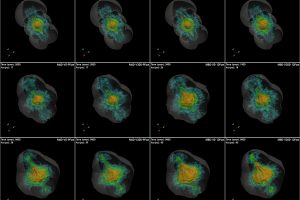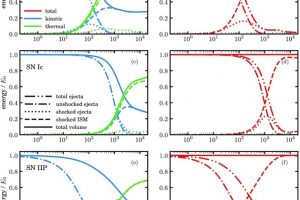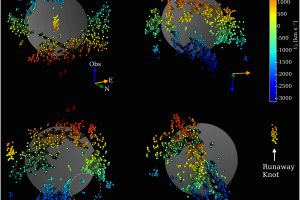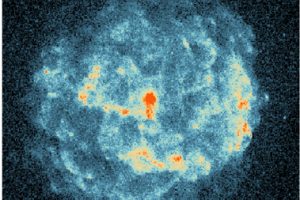Predictions on the observability of the neutron star in SN1987A. The study: “Investigating the Time Evolution of the Thermal Emission from the Putative Neutron Star in SN 1987A for 50+ Years” of A. Dohi (Kyushu University) appeared on ApJ
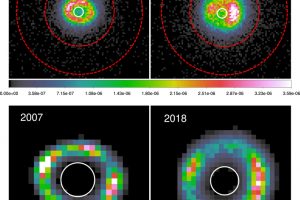
SN1987A, located in the Large Magellanic Cloud, is an object of great importance for the study of supernovae and supernova remnants. In fact, it is the only supernova that has occurred recently and is close enough to allow us to obtain detailed observations across the entire electromagnetic spectrum. SN1987A was a core-collapse supernova, resulting from the collapse of the core
» Read more
